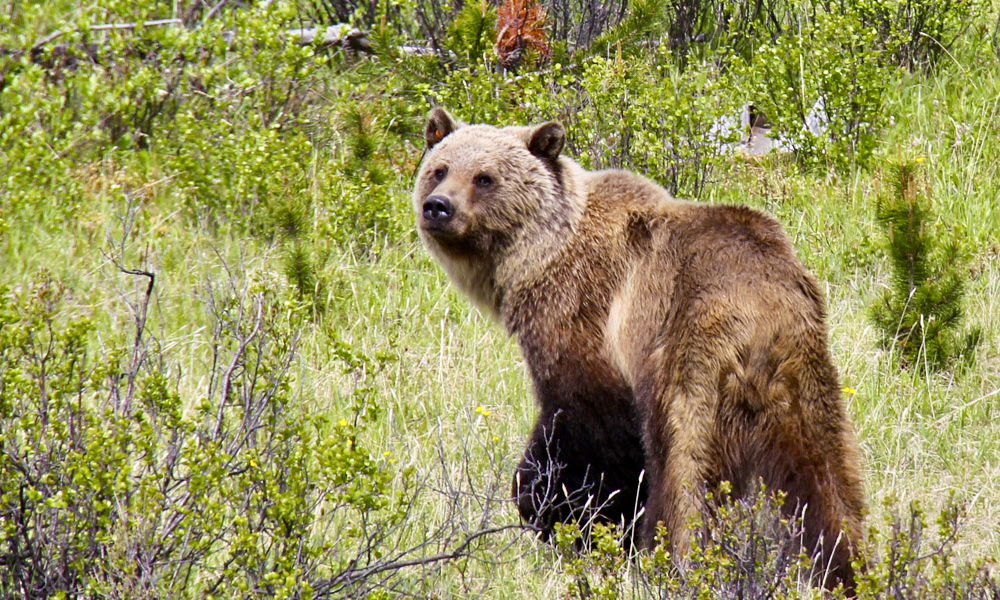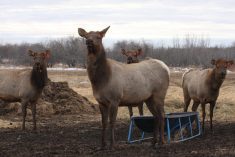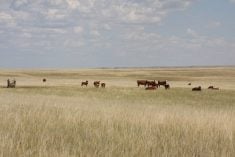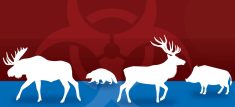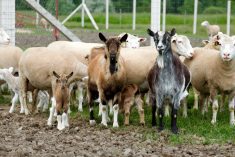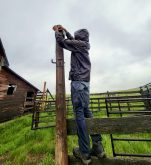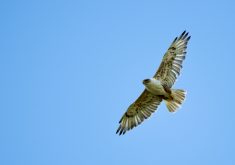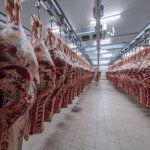It’s always stressful when a predator injures or kills livestock, and the process for getting compensation can be stressful, too.
But attendees at a recent webinar by a provincial wildlife officer got a look at the process from the investigator’s point of view.
One of the key points made by Alex Bolland is that the first thing a producer should do when encountering a carcass is to think about their own safety.
“If you’re out in a bush quarter and you can see the telltale signs of (an animal killed by a predator)… the most important thing is your safety — normally, those predators aren’t that far away,” Bolland said during a presentation hosted by the Alberta Lamb Producers earlier this month.
Read Also
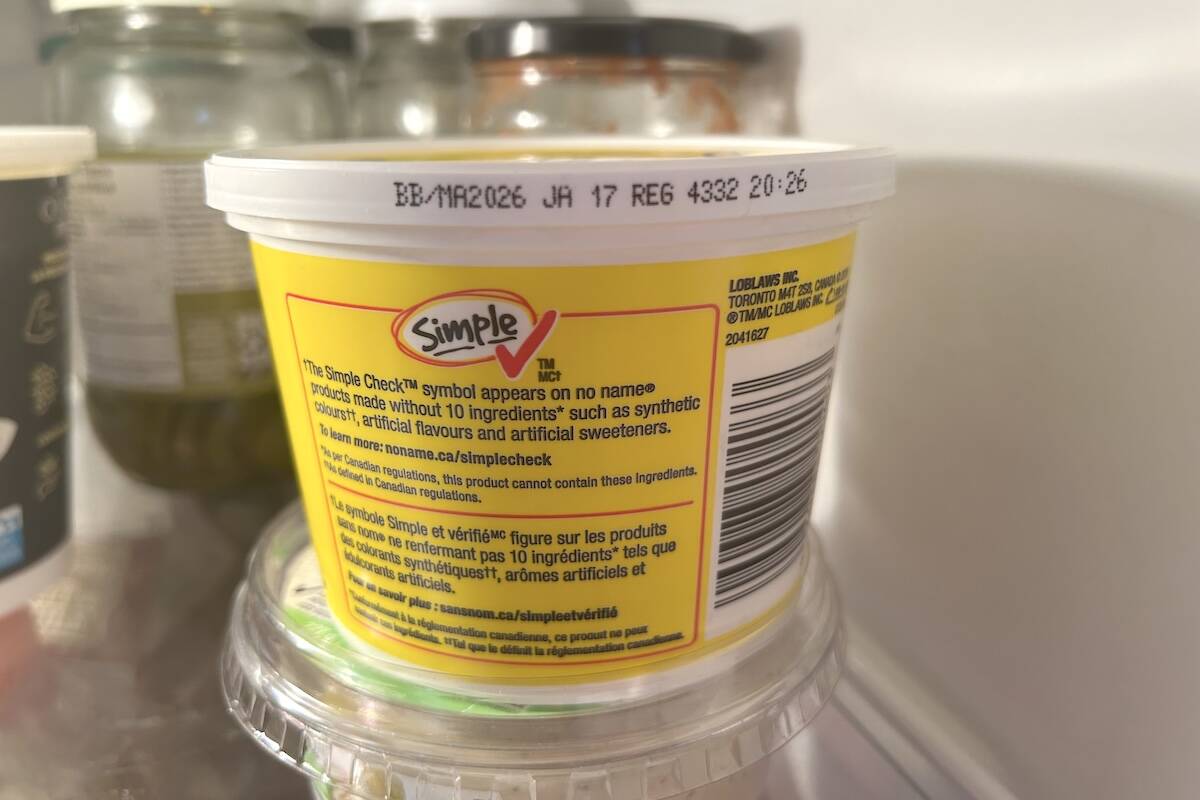
Best before doesn’t mean bad after
Best before dates are not expiry dates, and the confusion often leads to plenty of food waste.
Compensation is available for cattle, sheep, goats and swine (but not horses or llamas) if they are attacked by a wolf, bear, eagle or cougar (but not by coyotes), said Bolland, who is based in Cardston. Payment can be made for either death or injury (but not both).
“If the animal is injured, you get compensated for the veterinarian bill. You submit the receipts (to Alberta Fish and Wildlife), and we submit it for you,” he said.
If a producer finds a dead or injured animal, they should call the Report a Poacher Line (1-800-642-3800) within three days of discovery.
“If the animal is dead, cover it and take photos of the area where it was, and take it into the barn where nothing else can scavenge on it,” said Bolland.
The investigating wildlife officer will submit photos and a report, which is then reviewed by another officer before a decision on compensation is made.
Having a carcass allows a wildlife officer to determine what the predator was, but it’s not always an easy process to determine if a predator killed the animal or if a scavenger came across an animal that died from some other cause.
Damage to the eyes of a sheep or calf, for example, may be from the talons of an eagle. Bites around the neck area is a sign of a coyote attack, while wolves (with their more powerful jaws) take a more aggressive line of attack.
“Wolves are chasers,” said Bolland. “They go after the hindquarters, tail and flanks and under the front legs.”
Wolf bites also tend to cause hemorrhaging, which can be seen when the dead animal is skinned (something wildlife officers often do during their investigations).
Grizzly and black bears maul the animal.
“It’s quite evident when it is a grizzly bear attack on a smaller animal,” he said. “It’s ripped apart, or we just see blood in the snow or grass because they’ve picked up the calf and walked away with it. They are so big and strong, they cause so much damage.”
Bears use their weight to take down an animal efficiently and quickly. The territory and time of year can help determine whether the attack is from a grizzly or a black bear. Grizzlies aren’t true hibernators and periodically leave their dens in winter, while black bears will stay asleep unless there is a chinook.
Cougars are stalkers and they prey on the neck, throat and skull of an animal.
“If I come on a kill and it looks like aliens came down and skinned this lamb out and the heart, liver and lungs are gone and there is hemorrhaging on the throat, I’m probably looking at a cougar because they are such efficient killers,” he said.
“Cougars don’t typically attack from a tree. They wait until an animal walks by and they take their shot. They use the back legs to jump and the front legs to attack.”
If cougars start killing livestock, it can be a sign that they’ve been injured, he said.
“Cattle and sheep are penned up in smaller areas,” said Bolland. “They are easier prey than having to chase a fast-running deer.”
He recommended using guardian dogs and four-strand electric fencing to reduce predation.
He also recommends that producers read Rancher’s guide to predator attacks on livestock.
It can be found by going to www.alberta.ca and searching for ‘rancher predator’ and then clicking on the Wildlife Predator Compensation Program. You can also find links to the guide, the compensation program and a recording of Bolland’s webinar at the Producer Education Events page at ablamb.ca.


